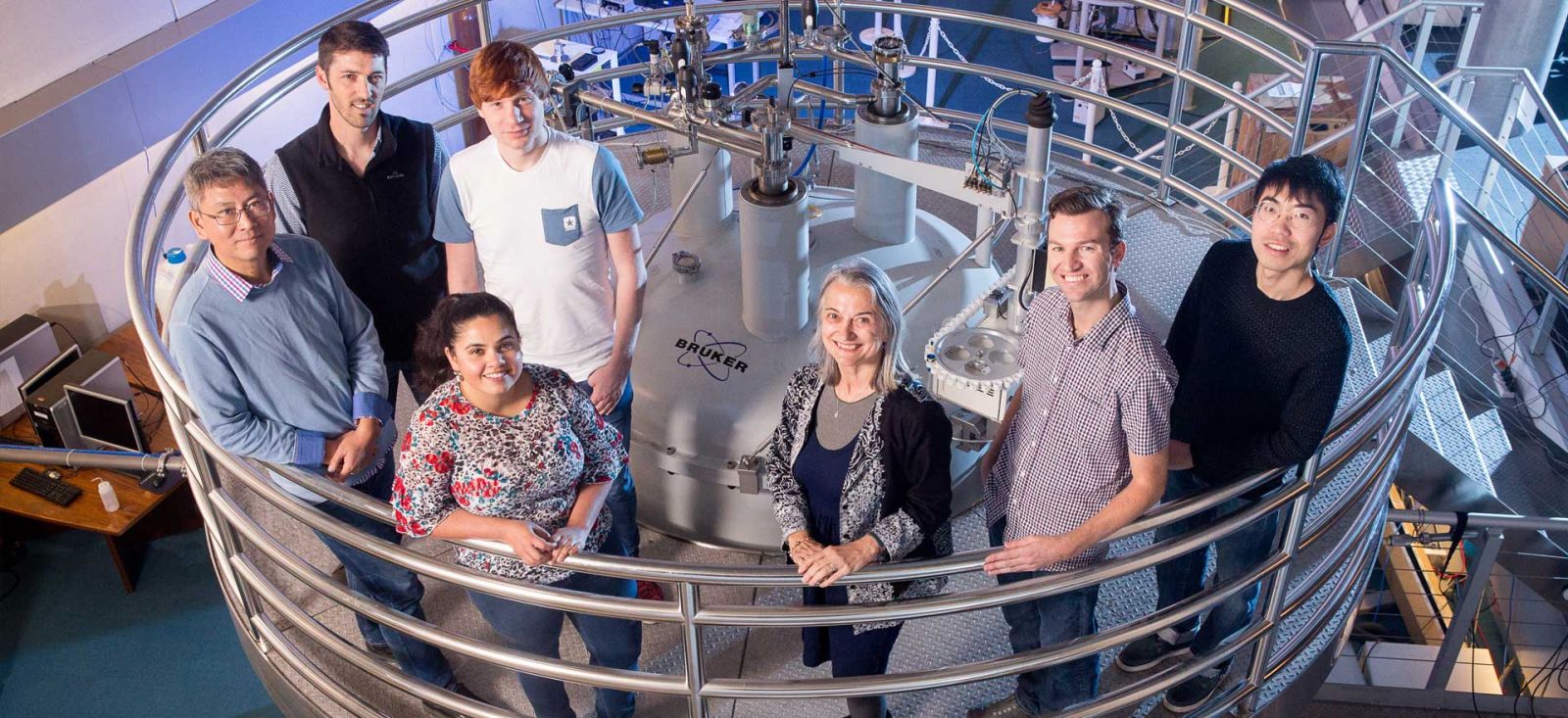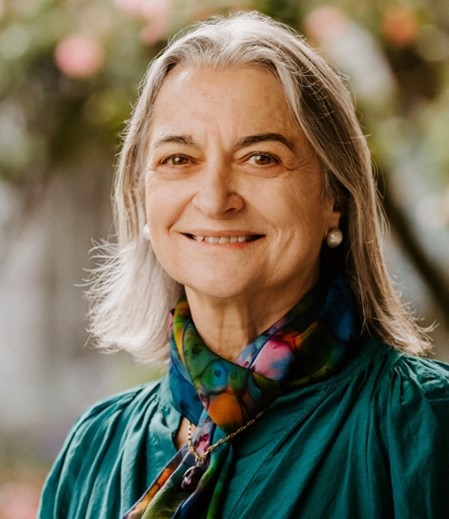Separovic Group

“With the increase in antibiotic resistance, antimicrobial peptides that target bacterial membranes have become an area of significant research for development as therapeutic agents against infections.” - Frances Separovic.
Research
The Separovic laboratory is studying the structure-function relationships of biomolecules in membranes at the atomic level using primarily nuclear magnetic resonance spectroscopy (NMR). Our main research interest is the determination of the structure and dynamics of the components of biological membranes in situ using solid-state NMR techniques. The molecular structure of the antibiotic gramicidin A and the bee toxin melittin within phospholipid membranes have been determined and the techniques used to study these polypeptides have been extended to membrane proteins. Together with a team of collaborators, insight into the structure-function relationships of membrane-active peptides and proteins relevant to disease states and treatments is gained. Projects include studies of antimicrobial peptides, amyloid Ab, protein toxins, antibiotics, lipid phases and ionic liquids.
Techniques
Biophysical chemistry and NMR of model membrane systems, including powder samples, hydrated dispersions and aligned samples; both static and magic angle spinning (MAS) solid-state NMR techniques.
Biography
Contact:
Email: fs [at] unimelb.edu.au
Tel: (03) 9035 7539
Distinguished Professor Emeritus Frances Separovic is a Biophysical Chemist based at the Bio21 Institute, University of Melbourne, Australia. Frances grew up in Broken Hill and, after the birth of her son, did a BA at Macquarie and a PhD at UNSW while working full-time at CSIRO, Sydney. Following a post-doctoral fellowship at National Institutes of Health (USA), Frances joined the University of Melbourne in 1996, where she became the first woman professor of chemistry (2005) and Head of School (2010). Frances has developed solid-state NMR techniques to determine the structure and dynamics of molecules in biological membranes with a focus on peptide antibiotics and toxins within phospholipid membranes.
Frances is Past-President of the Biophysical Society (USA), Council member of International Union of Pure & Applied Biophysics (IUPAB) and Division I president of IUPAC. Frances has had several senior roles in professional societies, including President of Australian New Zealand Society for Magnetic Resonance, ANZMAG; General Treasurer of Royal Australian Chemical Institute, RACI; and President of Australian Society for Biophysics, ASB. She was awarded the ASB Robertson Medal (2009), ANZMAG Medal (2011), Fellow of the Biophysical Society (USA) and ISMAR Fellow (2012). Frances is the first female chemist elected to the Australian Academy of Science (2012); an IUPAC Distinguished Women of Chemistry; received an UNSW Alumni Award - Science & Technology (2017); and was inducted into the Victorian Honour Roll of Women (2018). In the Queen's Birthday 2019 Honours List Frances was honoured by appointment as an Officer (AO) of the Order of Australia. Please follow the link for laboratory page in the School of Chemistry.
Awards and Recognition
2012 – Fellow of the Australian Academy of Science
2017 - IUPAC Distinguished Women of Chemistry/Chemical Engineering
2017 - UNSW Alumni Award: Science & Technology
2018 - Victorian Honour Roll for Women
2019 - Officer (AO) of the Order of Australia (General Division)
Read Professor Separovic's reflections on being Head of the School of Chemistry.
Read Pursuit piece about Frances being a trailblazer for women in science.
Read Pursuit piece 'Don't ask women leaders to act like men'.
Read Protein Society newsletter 'Under the Microscope'.


